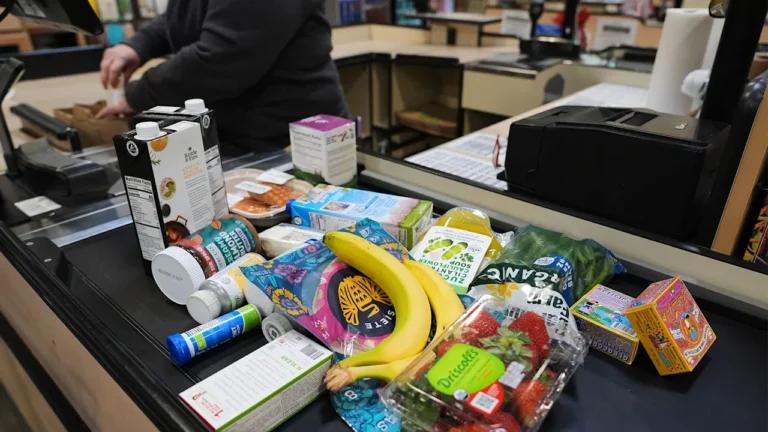
Affordable housing has gone in search of collaborations. Across the country, developers and cities have found a solution in pairing housing with unexpected projects to save money and build more vibrant communities.
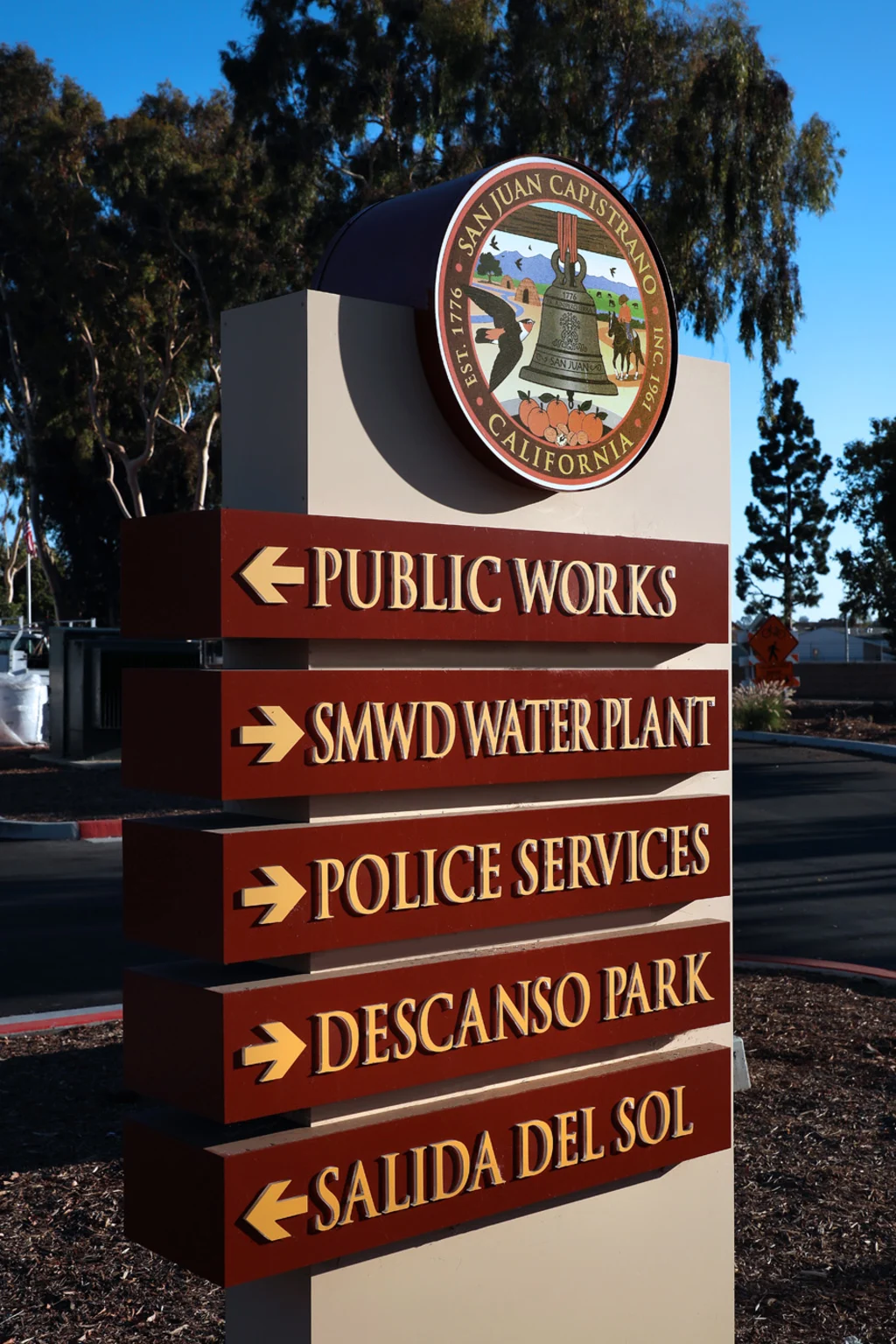
A wave of libraries, fire stations, and even Costco stores have been built below or adjacent to much-needed, lower-cost apartments. Now a new development in the Southern California city of San Juan Capistrano is sharing a lot with City Hall.
Salida del Sol, a $31 million, 49-unit supportive housing development by Jamboree Housing Corp., opened this past July on a 2.2-acre site downtown. At a time when federal support for homeless services is wavering and cities in California and elsewhere have taken more conservative approaches to unhoused communities, San Juan Capistrano’s decision to place housing next to the seat of city government sends a strong message.
According to Mayor Troy Bourne, it was a perfect opportunity to marry strategic development and attack a growing problem in the city and region, all while avoiding the typical pushback such developments often provoke. Supportive housing—which combines accessible, affordable homes with a suite of social services to help individuals navigate challenges such as chronic homelessness—tends to attract significant angst from nearby neighbors.
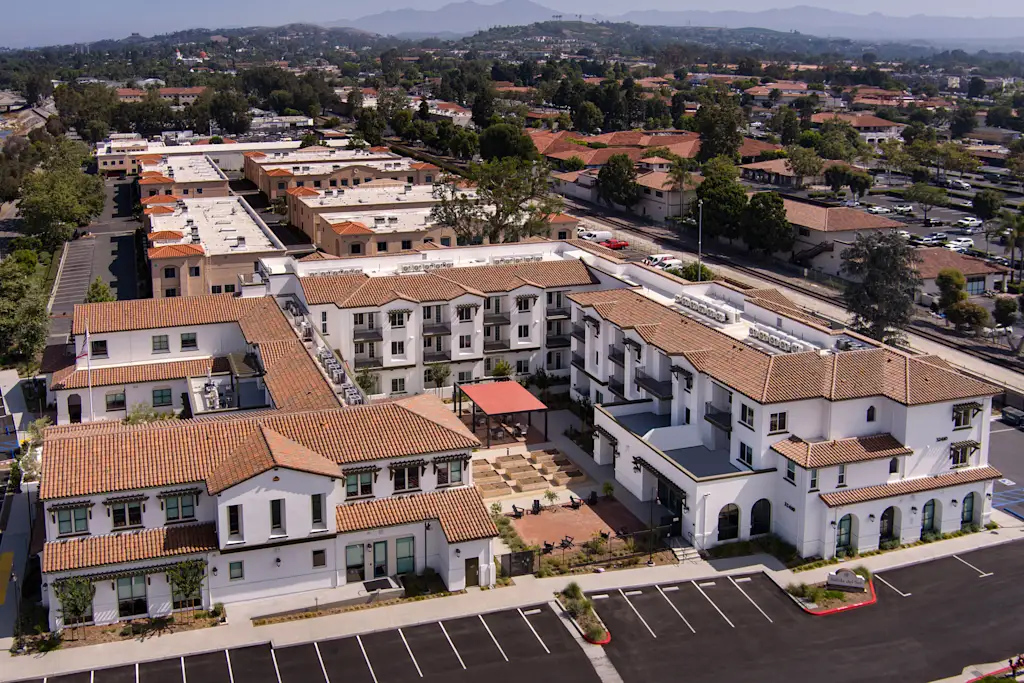
“This says to the community, ‘We’ll go first, we trust this to go well,’” Bourne says. “These developments aren’t going to be universally popular in a community. People want this problem figured out far away from their front door. Putting this next to City Hall says not only are we supportive, but we’re putting it on our front porch.”
Jamboree, which manages approximately 11,000 units across Southern California, has never seen a project utilize government land and pair up with such a symbolic civic building, says CEO Laura Archuleta. The city was able to both provide land at a competitive rate and help finance the construction via a municipal fund to support affordable housing. The old City Hall building had been deteriorating for decades and needed a refresh, which coincided with the city’s push to add more supportive housing.
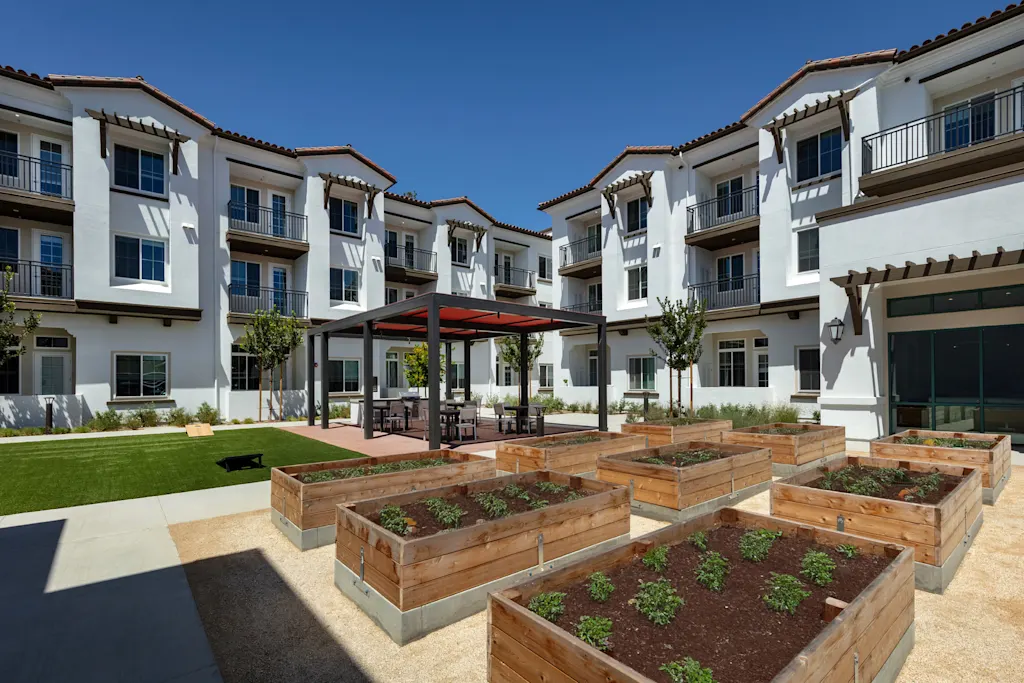
More importantly, Archuleta says, the potential for interaction, observation, and understanding at the new site provides immense social value, giving lawmakers and local residents a more realistic impression of the challenges of rehabilitation, and the difference such housing projects can make. Law enforcement and local officials will get a more accurate sense of the challenges and lives of the unhoused, while those living at Salida del Sol may gain more trust of local police.
“I see compassion and learning taking place on both sides,” Archuleta says. “That’s an added benefit.”

She says there’s already interest from other communities in California, including discussions around another co-development on a city hall campus in East Los Angeles County, and plans to build another building on a senior center campus.
The challenge in building this kind of deeply affordable housing includes combining a variety of funding sources—Salida del Sol utilizes state and local subsidies as well as housing voucher funding from the federal government—and finding a site.
Especially in a wealthier community like San Juan Capistrano, finding land that isn’t prohibitively expensive remains a challenge, as well as persevering through neighborhood pushback. There were some local business owners wary of the residents hanging out near their storefronts, Archuleta says, but Jamboree mitigated that with community outreach and education and didn’t face widespread opposition.
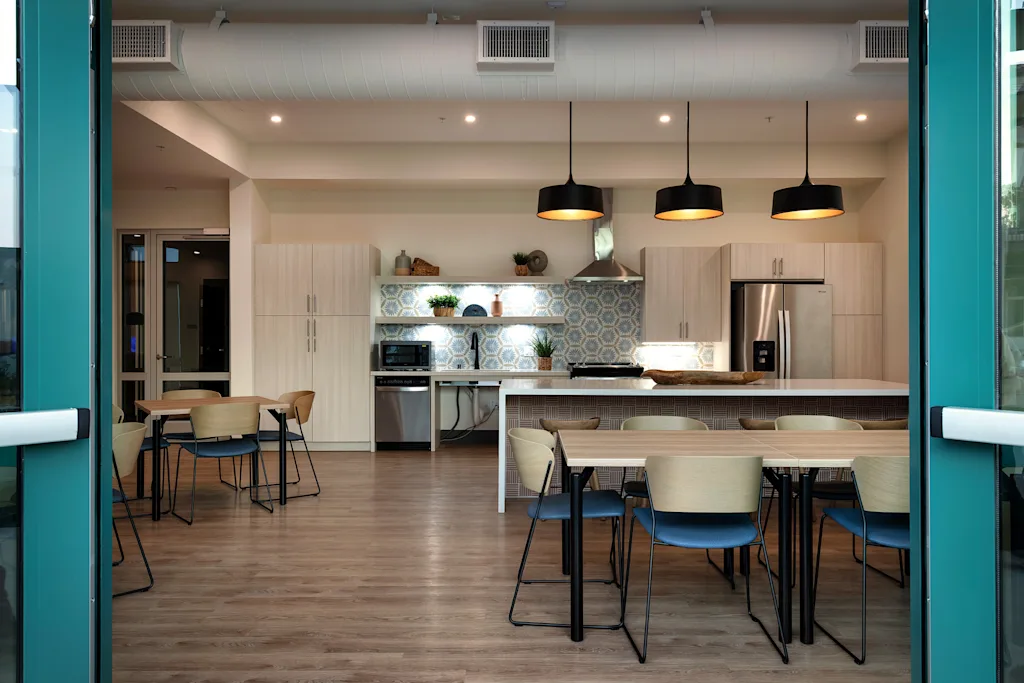
Jamboree and other supportive housing providers passionately believe in the value of a housing-first approach to giving the unhoused a place to recover and access social services; a 2017 study completed with researchers at nearby University of California, Irvine, found it was more cost-effective for cities to provide housing to the homeless, as opposed to the various costs associated with medical and criminal issues that come from not having a permanent home.

Once the city and developers decided on a location for Salida del Sol, the design went through a few iterations. For one version, the housing would have been on the second floor above City Hall. At another point, it became clear the supportive housing wouldn’t fit on the lot with a building that contained a full city council chambers. To make room, local leaders converted a nearby community center so it could double as a chamber room when needed. The final layout placed the resident entrance on the opposite side of the lot from the City Hall entrance.
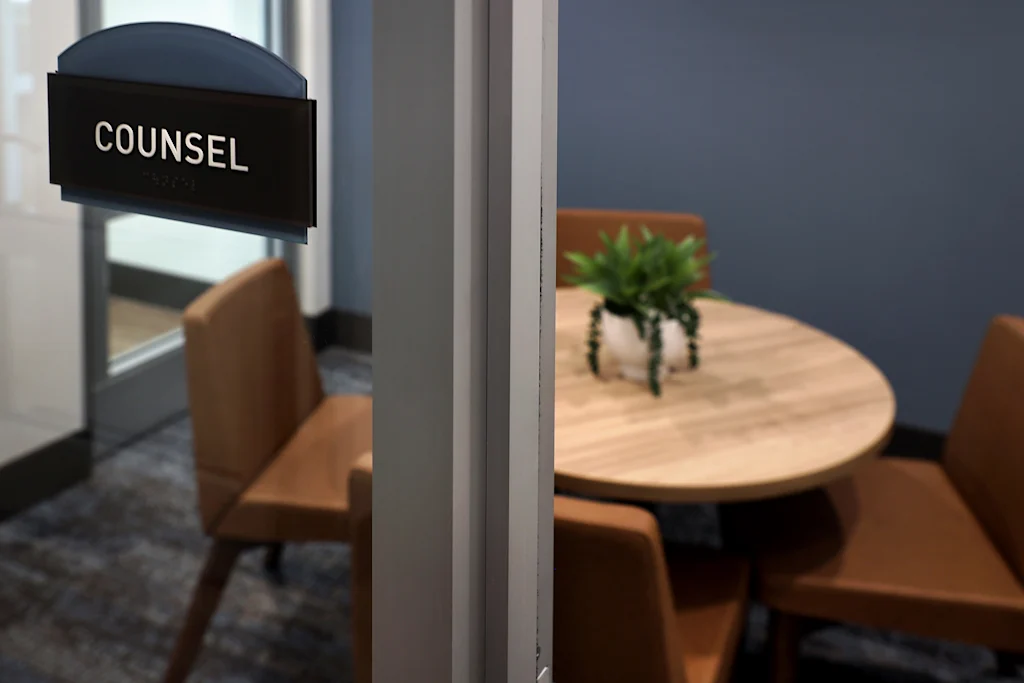
Archuleta says the project includes full wraparound services such as access to social managers and other support for the residents. It’s a big deal to know the city manager works next door and can simply pick up the phone and call her if he sees a resident having a hard time. According to Bourne, placing unhoused people near city services, as well as in the middle of downtown near transit and jobs, offers the connection and assistance they need to get back on their feet.
“You can’t throw money or a building at a problem. At the end of the day you need human capital,” he says. “We’re providing access to jobs, a train station, and support. Presenting someone with that I think is a real solution.”
Bourne adds: “We would do it again in a heartbeat. This has been a huge win.”

